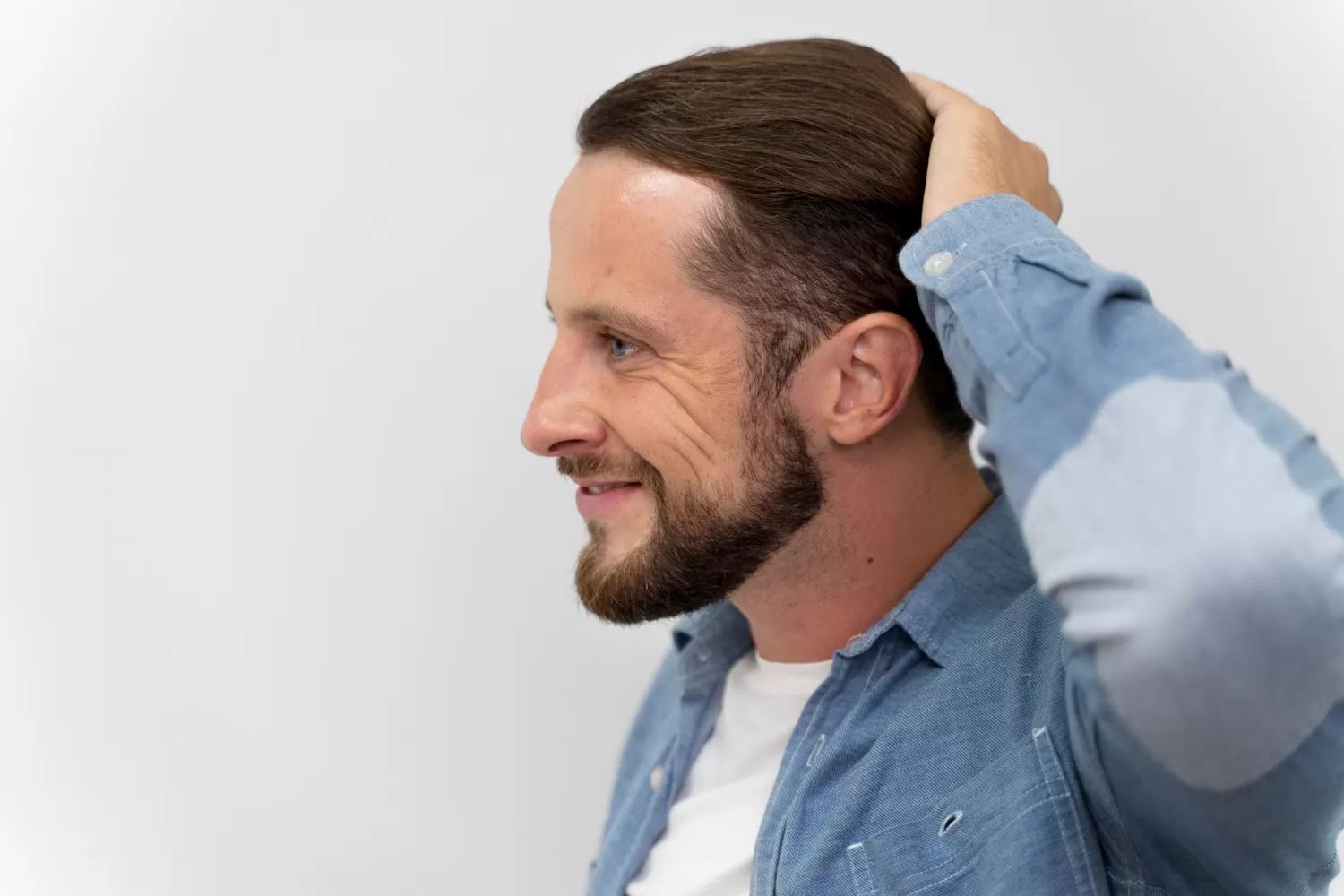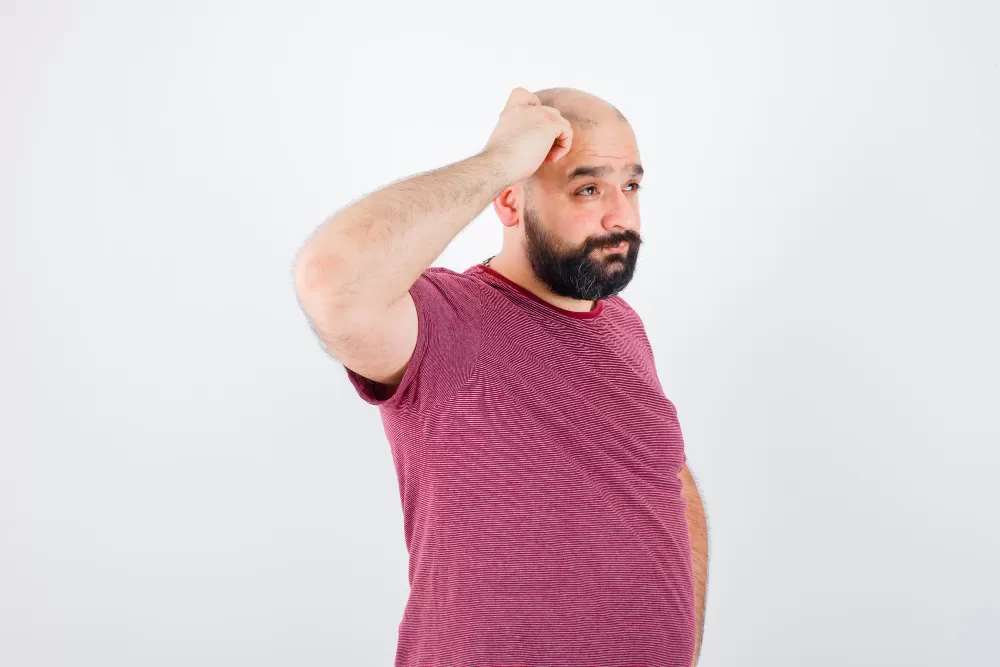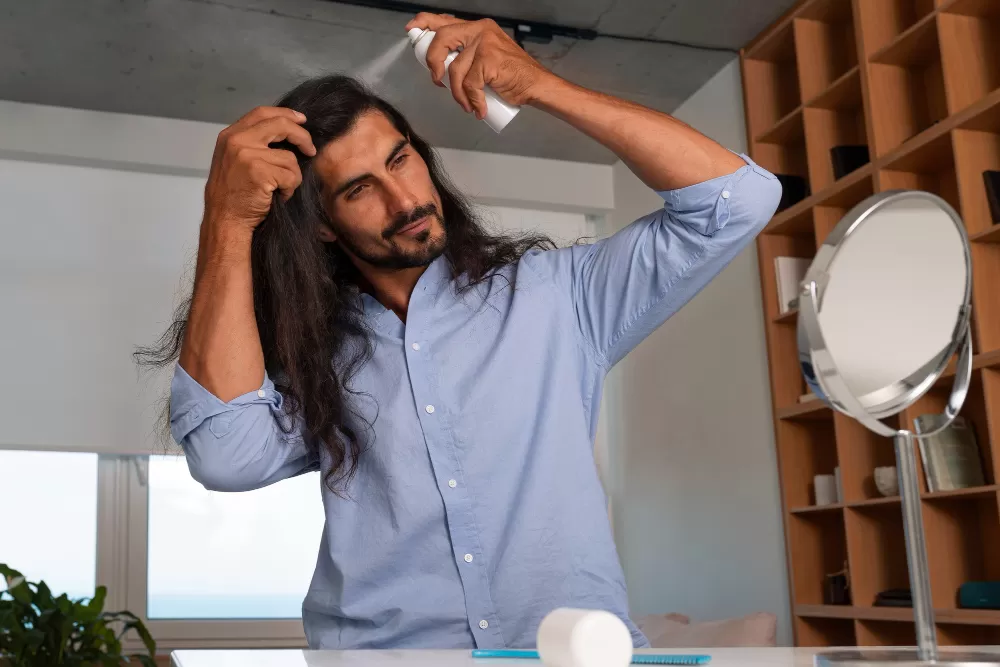One of the most common questions among people considering a hair transplant is: “Will one session be enough?”
The answer depends on several personal factors such as the extent of hair loss, donor area density, hair thickness, and the overall transplant plan.
Below, you’ll find a detailed explanation of what determines whether one hair transplant session is sufficient, when a second session might be needed, and how to achieve the best long-term results.
What Is a Single-Session Hair Transplant?
A single-session hair transplant involves extracting hair follicles (grafts) from the donor area — typically the back and sides of the head — and implanting them into bald or thinning areas.
This process usually takes 6 to 8 hours, depending on the number of grafts required. On average, 3,000–5,000 grafts can be transplanted in one session.
For some patients, this is enough to achieve full coverage and natural density. However, in cases of extensive hair loss, a second session might be required for optimal results.
Factors That Determine Whether One Session Is Enough
- Extent of Hair Loss
If the hair loss is advanced (Norwood scale 5–7), one session may not be enough to cover the entire scalp. In these cases, the first session usually focuses on the hairline and mid-scalp, while a second session addresses the crown area. - Donor Area Density
The density and quality of the donor area determine how many grafts can safely be harvested. If the donor area has strong density, a single session may achieve satisfying coverage. Limited donor capacity, however, might require multiple sessions. - Hair Thickness and Color
Thicker hair strands create a fuller appearance, so fewer grafts are needed. Similarly, lighter-colored hair often blends better with the scalp, improving visual density compared to thin or dark hair. - Transplant Technique Used
Modern methods like DHI (Direct Hair Implantation) or Sapphire FUE allow for denser placement, potentially making a single session sufficient for many patients. - Natural Hair Direction and Design
Proper planning of the angle, direction, and spacing of grafts can maximize the illusion of fullness. Skilled execution often means one session achieves very natural results.
When Is a Second Hair Transplant Session Needed?
A second session may be recommended in the following cases:
- The bald area is large and only partially covered in the first session.
- The surgeon intentionally limits graft extraction to preserve the donor area.
- Hair loss continues after the initial transplant.
- The patient desires higher density for aesthetic reasons.
- Some transplanted grafts do not survive or grow evenly.
Typically, the second session is performed 8–12 months after the first one — once new hair has fully grown and the donor area has recovered.
Can You Achieve Great Results in One Session?
Yes — if the donor area is strong and the hair loss is moderate, a single hair transplant session can deliver very natural and dense results.
Patients with frontal or mid-scalp thinning (but not complete baldness) often achieve full coverage in one session.
However, realistic expectations are key. Following your surgeon’s recommendations about graft numbers and design ensures the best possible outcome.
What Happens If One Session Isn’t Enough?
Needing a second session doesn’t mean the first one failed — it’s often part of a long-term plan.
In some cases, the hair may grow unevenly or appear less dense in specific areas (especially the crown). A follow-up session corrects these gaps, improving both density and symmetry.
Hair transplant is a gradual restoration process, and spacing out sessions allows for better results and donor preservation.
How to Maximize Density After Hair Transplant
- Be patient: Full results usually appear after 12 months.
- Eat a nutrient-rich diet: Include protein, zinc, biotin, and omega-3s to support growth.
- Consider PRP or mesotherapy treatments to strengthen new grafts.
- Avoid smoking and alcohol, as they reduce blood flow and graft survival rates.
Final Thoughts: Is One Session Enough?
Whether a single hair transplant session is enough depends entirely on the individual’s scalp condition and goals.
For patients with a strong donor area and moderate baldness, one session can absolutely be sufficient.
However, for those with advanced hair loss or high-density expectations, a two-session approach often yields more natural and long-lasting results.
In short, the best approach is personalized planning. With a detailed scalp analysis and an experienced surgeon, even a single session can provide thick, natural-looking, and permanent hair restoration.





No comments yet. Be the first to comment!